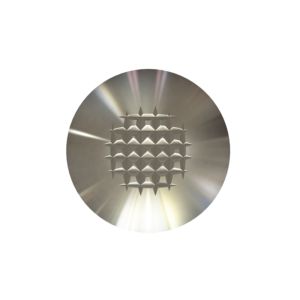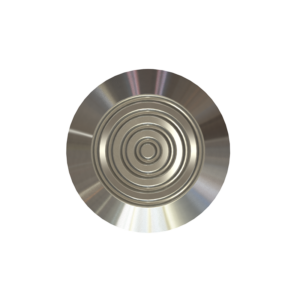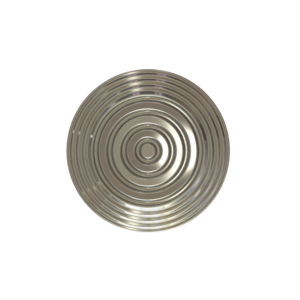What’s the difference between 304 and 316 Stainless Steel?
Both 304 and 316 stainless steels are widely used for tactile studs and strips and are often looked at as equals. They are visually id30entical and in a blind test it’s near impossible to tell them apart, the main apparent difference when browsing through tactile studs is the price difference. There is seldom a description of the actual material itself, so it can be hard to discern which metal is best for the job outside of how in or out of the budget they are.
As a general rule, 304 is often much cheaper than 316 stainless steel, and for good reason.
What is 304 stainless steel?
Type 304 is an austenitic stainless steel alloy containing high nickel (8-10.5%) and chromium (18-20%) content with the addition of manganese, silicon, and carbon. It is widely regarded as the most common austenitic stainless steel.
It is used in such widespread applications as:
- White goods e.g., fridges, dishwashers, freezers
- Hose clamps
- Vehicle exhausts
- Heat exchangers
- Storage tanks
It’s a workhorse of modern metals, especially in environments where carbon steel would face corrosion.
What is 316 stainless steel?
Type 316 has a similar high nickel and chromium content with the same addition of manganese, silicon, and carbon. The major difference between the two is the amount of molybdenum present in the alloy. 316 stainless steel has 2-3% molybdenum compared to only trace amounts in 304.
316 applications:
- Surgical and medical equipment
- Jet engine components
- Chemical processing equipment
- Marine environment equipment
- Commercial kitchen equipment
What is the major difference between 304 and 316 stainless steel?
The key factor that differentiates the two is the greater presence of molybdenum. The added molybdenum provides much greater corrosion-resistant properties while making it harder, tougher, and increasing the tensile strength of the steel.
The downside to 316’s high molybdenum content is the fact that it can be harder to form during manufacturing processes.
What is 316L stainless steel?
The addition of the L at the end of 316 refers to a low carbon content property of that type of 316 stainless steel. The low carbon content adds to the innate corrosion resistance of 316 while also increasing its performance in cold weather. For more information on 316L and other marine grade stainless steels check out our article here.
Should you choose 304, 316, or 316L for tactile studs and strips?
The key factors when choosing any safety product are longevity and effectiveness. 316 and 316L are superior performers when it comes to frequent exposure to cold weather, water, and environments high in chloride, such as near the sea. 316 and 316L are far less prone to corrosion than 304. They also perform better under duress from constant use, in the case of tactile studs and strips that would be in high-traffic areas. In terms of maintenance 316 and 316L studs and strips can be cleaned with a wider variety of more potent cleaning chemicals.
304 stainless steel is still a great option but falls somewhat short in terms of its properties that relate to longevity. Where it beats 316 and 316L is the price, as 304 is a cheaper material than 316 and 316L. It still performs admirably but there are trade-offs to be cognisant of if 316 or 316L is a valid option.




